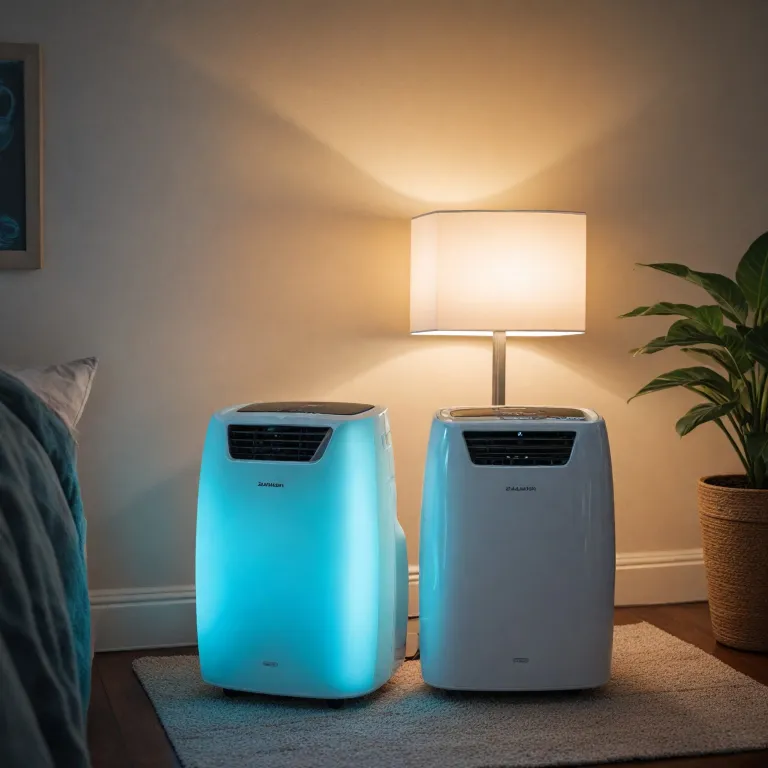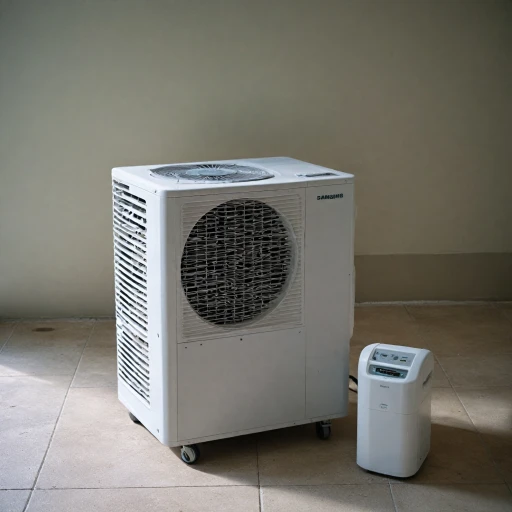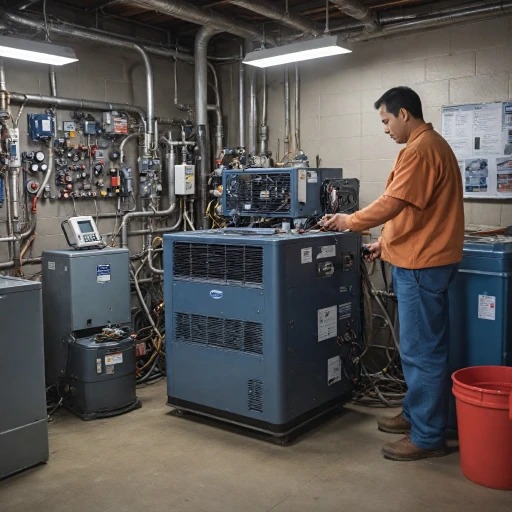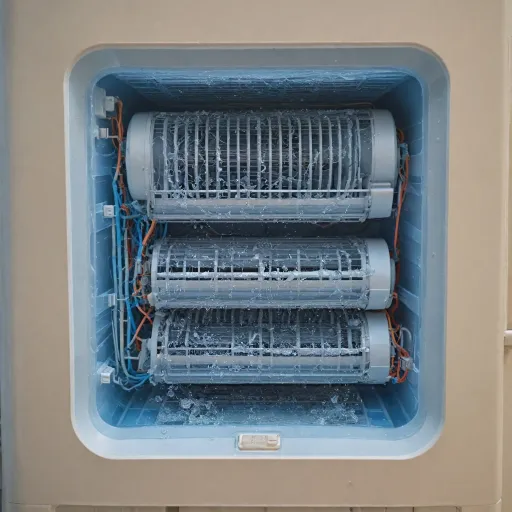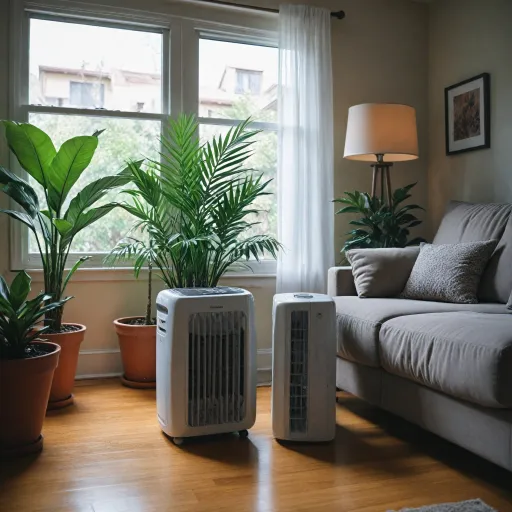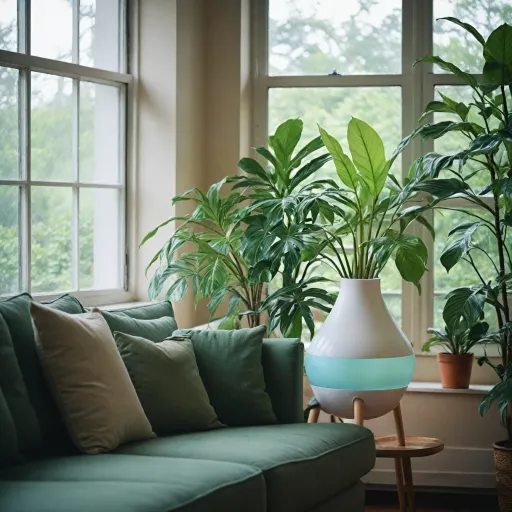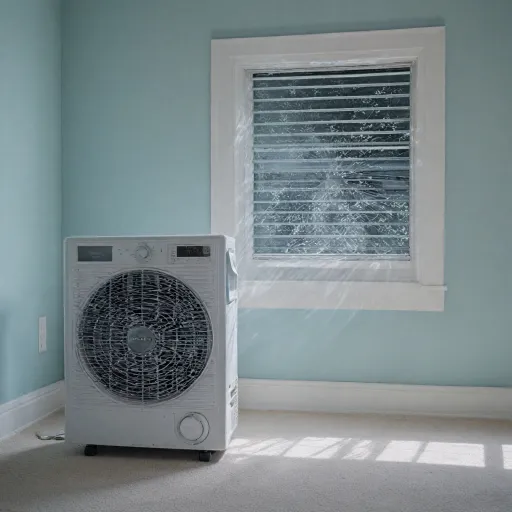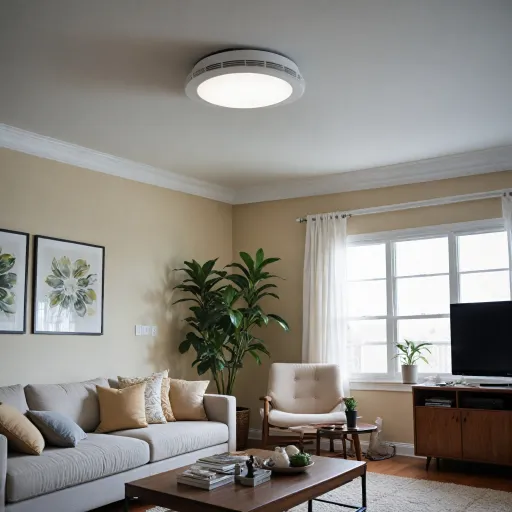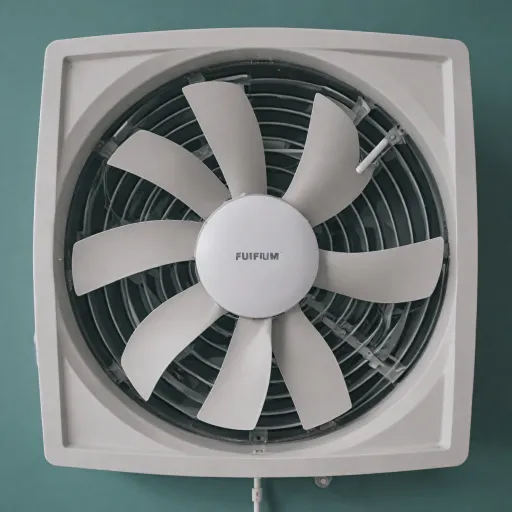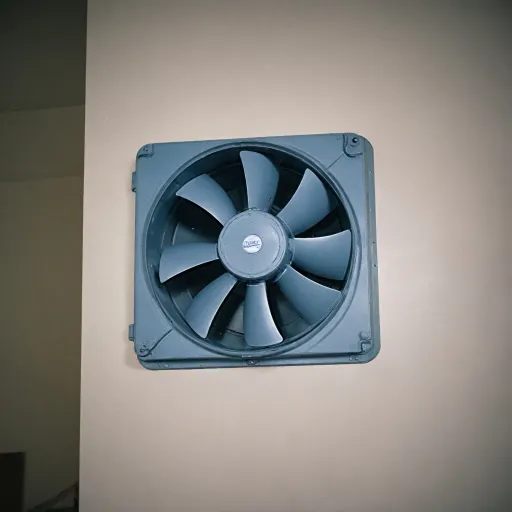
Understanding Auto Mode in Portable Air Conditioners
Deciphering the Essence of Auto Mode
Understanding the functionality of auto mode in portable air conditioners is crucial for any potential user. At its core, auto mode harnesses advanced technology, aligning the air conditioner's performance with specific environmental conditions to maximize efficiency. Auto mode, when activated, leverages the device's built-in sensors to automatically adjust cooling and operation settings. This provides an optimized balance between maintaining a comfortable temperature and minimizing energy consumption. The thermostat plays a pivotal role here, as it continuously assesses ambient conditions and commands the HVAC system to respond accordingly. The primary advantage of auto mode is its capability to decide whether to ramp up the air conditioning system or switch to fan mode based on the real-time temperature demands. This feature ensures that the air conditioner is not running constantly when it's unnecessary, which can be particularly beneficial in reducing energy bills over time. Moreover, for those concerned about maintaining a consistent indoor air quality, auto mode can be an efficient ally. It cycles through its operations, ensuring that air circulation is consistent while cooling air to the desired set temperature without unnecessary strain on the system. For more detailed insights on enhancing cooling efficiency, consider exploring enhancing airflow efficiency with a duct booster fan. This can complement your understanding of how to optimize the use of auto mode features in your portable air conditioners.The Role of Fan Mode in Portable Air Conditioners
Understanding the Significance of Different Airflow Modes
The fan mode in portable air conditioners is an essential feature that focuses on air circulation without involving the cooling function. When activated, the fan mode primarily uses the fan motor to circulate indoor air, thus maintaining a consistent environment but not significantly altering the temperature.
This mode comes into play when you want to improve air quality without the need to lower temperatures. Using the fan setting on your portable air conditioner can also be beneficial when trying to set thermostat levels that help manage heating cooling conditions in different seasons.
One of the significant benefits of employing this mode is the conservation of energy. Since the compressor is not actively engaged, it translates into reduced energy bills. This setting is particularly effective during shoulder seasons, like May or October, when it’s not too cold or too hot, and you just want a blower to ensure air is moving constantly.
Moreover, having the fan running can be advantageous if you’re seeking to maintain a specific temperature without overburdening your hvac system. It's also worth noting that fan mode can act as a supplementary step in setting auto modes that combine the fan with heating or cooling, depending on desired thermostat settings.
This leads us to the decision between when to use specific modes. Ensuring that your portable air conditioning system is operating at optimal efficiency requires understanding the distinct roles of each mode. You can explore more about the systematic approach of HVAC ducts and how they play a role in the operations of your device by reading about the role of HVAC flex ducts in these systems.
Comparing Energy Efficiency: Auto Mode vs. Fan Mode
Energy Consumption Dynamics of Portable Air Conditioners
Understanding how energy efficiency varies between auto mode and fan mode is pivotal in optimizing your portable air conditioner usage. The choice between these modes impacts your energy bills, air quality, and the unit's overall performance. In auto mode, the air conditioner adjusts the blower and thermostat settings automatically to maintain the desired temperature. By doing so, it ensures that the unit will not run constantly, switching between cooling and heating functions as needed. This dynamic adjustment helps conserve energy by preventing unnecessary use when the room's temperature is already at an acceptable level. On the other hand, the fan mode focuses solely on air circulation rather than cooling the air. This mode reduces the energy permanently consumed as the compressor is not active. When the fan is running, it enhances the room's airflow, aiding the system in distributing cooler air more evenly without contributing to significant changes in air temperature. The energy benefits of auto mode come from its balanced approach, ensuring the air conditioner runs only when required and maintains optimal air quality. In contrast, fan mode allows your HVAC system to facilitate effective air movement with minimal energy output, lowering the strain on energy resources. For individuals seeking to balance comfort with reduced energy bills, knowing when to switch between these modes is crucial. To further deepen your understanding of their operational intricacies, consider exploring how to effectively fix your portable air conditioner to ensure optimum energy efficiency.When to Use Auto Mode
Optimal Situations for Using Auto Mode
Auto mode in portable air conditioners is a convenient feature that adjusts the cooling and fan speed based on the room's current temperature. This setting is particularly beneficial when you want to maintain a consistent and comfortable environment without constantly adjusting the thermostat. Here are some scenarios where auto mode shines:
- Fluctuating Temperatures: If your area experiences significant temperature swings throughout the day, auto mode can help stabilize the indoor climate by automatically adjusting the cooling and fan settings.
- Energy Efficiency: By allowing the system to regulate itself, you can potentially reduce energy consumption. The air conditioner will only run at the necessary capacity, which can lead to lower energy bills over time.
- Consistent Comfort: Auto mode ensures that the air conditioner maintains the set temperature, providing a steady flow of cooler air without the need for manual intervention.
- Improved Air Quality: With the fan and cooling system working in tandem, auto mode can enhance air circulation, contributing to better air quality within your space.
Using auto mode can be particularly advantageous during transitional seasons like spring and fall, when the weather can be unpredictable. By setting the thermostat to auto, you allow the HVAC system to handle both heating and cooling as needed, ensuring comfort regardless of the external conditions.
When to Opt for Fan Mode
Optimal Circumstances for Choosing Fan Mode
When determining whether the fan mode on your portable air conditioner is the most suitable choice, consider a variety of factors that could influence your decision. This setting can greatly impact both indoor air quality and energy consumption. Here are key considerations for when fan mode might be your ideal selection:- Mild Weather Conditions: During transitional seasons such as spring and fall, when the climate is neither too hot nor cold, utilizing the fan mode can aid in enhancing air circulation without necessitating intensive cooling or heating.
- Enhancing Air Circulation: If the primary goal is to improve air circulation rather than cooling, the fan mode will maintain movement within the room, leveraging the blower to ensure the air remains fresh and well-distributed throughout your space.
- Reducing Energy Consumption: Opt for fan mode if lowering your energy bills is a priority. This setting consumes less energy compared to running a compressor, as the hvac system won't need to work constantly at maintaining specific temperature levels.
- Improving Air Quality: Keeping the fan running can be beneficial for individuals sensitive to stagnant air. Circulating the air helps reduce the presence of stuffiness and improves overall air quality without engaging the full cooling system.
- Municipal Heating Periods: When external temperature control is beyond your control, such as in apartments with centralized heating systems, the fan mode can keep air moving to maintain comfort without additional heating.
Tips for Maximizing Portable Air Conditioner Efficiency
Optimize Your Portable AC's Performance
Your portable air conditioner can be a great asset, especially during hot days, if used efficiently. Whether you're utilizing the auto mode or fan mode, there are strategies to enhance the system's effectiveness. Here’s how:
- Set the Thermostat Wisely: Always set your thermostat to the desired temperature that you find comfortable. This prevents the air conditioning unit from running constantly, reducing energy consumption.
- Seal Windows and Doors: Air quality and efficiency can be hampered by leaks. Make sure that windows and doors are properly sealed to prevent the cooler air from escaping, thus aiding the HVAC system.
- Regular Maintenance: Clean or replace your air filters regularly to ensure optimal air circulation and to freeze unnecessary energy bills from irregularities in the air circulation.
- Utilize Auto Features: If your conditioner fan has an auto setting, make use of it. This setting auto-adjusts the speed of the fan based on the room's temperature, offering energy benefits by not running the fan constantly when not needed.
- Blinds and Curtains: Use blinds or curtains during the peak sun hours. This assists in minimizing additional heating within your space, allowing the air conditioner fan to maintain cooler air efficiently.
- Proper Placement: Ensure your portable AC is placed in a location where there's free airflow, away from obstructions such as furniture.
- Utilize a Fan: When in fan mode, placing an additional fan can assist in distributing the cooled air more effectively, leading to balanced air quality and comfort.
By incorporating these strategies, you can maximize the benefits of your portable air conditioner, ensuring both energy efficiency and a consistently comfortable environment.
